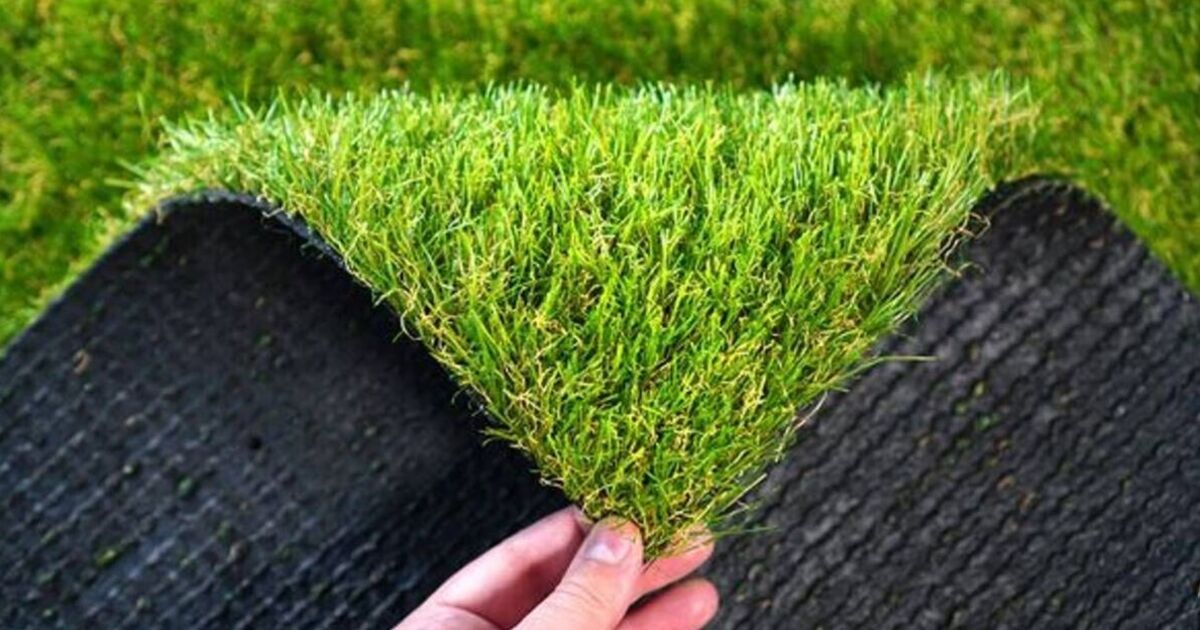Home / Environment / Artificial Grass Linked to Soil Damage and Flooding Risks
Artificial Grass Linked to Soil Damage and Flooding Risks
8 Nov
Summary
- Artificial grass harms soil quality and prevents rainwater absorption
- Plastic lawns negatively impact biodiversity and pollinating insects
- Removing natural vegetation releases stored carbon into the atmosphere

As of November 8th, 2025, experts are raising concerns about the environmental impact of artificial grass. According to the University of Plymouth's Mick Hanley, Associate Professor of Plant-Animal Interactions, the plastic material used in fake lawns is negatively affecting soil quality and water absorption.
The article explains that artificial grass acts as a barrier, preventing rainfall from seeping into the ground. This can lead to increased surface runoff and a higher risk of flash flooding during heavy downpours. Additionally, the lack of natural vegetation means the soil is unable to store carbon, releasing it back into the atmosphere.
Furthermore, the absence of real grass, wildflowers, and other plants is detrimental to local biodiversity. Insects rely on these natural elements to mate, pollinate, and thrive, but they cannot do so on artificial surfaces. Urban gardens are recognized for their potential to support pollinators, whose populations have declined due to habitat loss and agricultural intensification.
Overall, the article highlights the significant environmental consequences of replacing natural lawns with artificial grass. As the demand for low-maintenance landscaping grows, it is crucial to consider the long-term impacts on soil health, water management, and local ecosystems.




